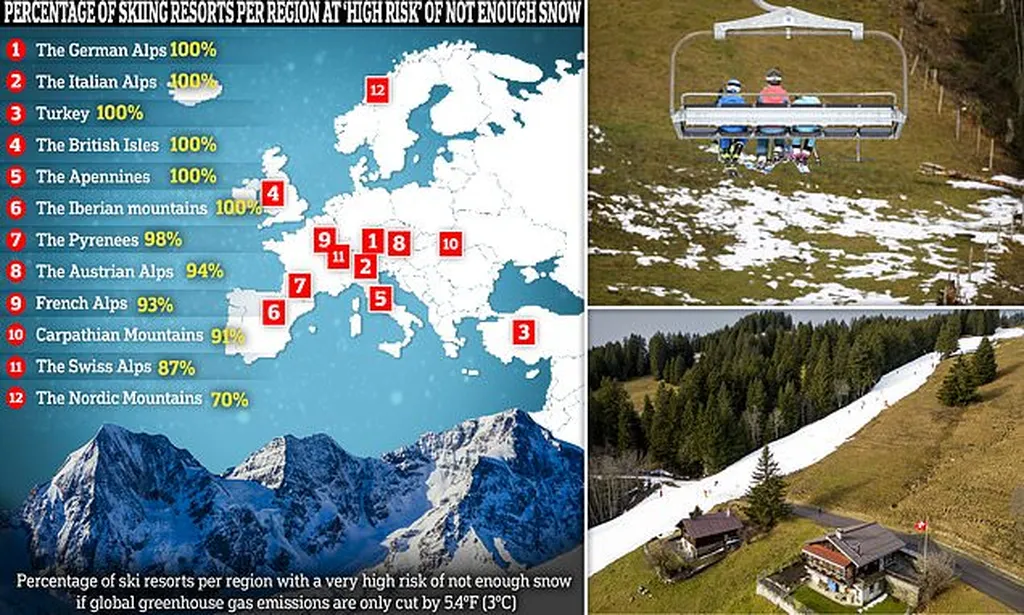In the heart of Italy’s agricultural innovation, a team of researchers led by Ashraf Sharifi from the Department of Computer Science at the University of Verona has developed a groundbreaking approach to optimize the trajectories of rechargeable agricultural robots in greenhouses. Their work, published in the journal *Future Generation Computer Systems* (translated as “Future Internet”), promises to revolutionize greenhouse monitoring and precision agriculture by leveraging deep reinforcement learning (DRL) and the Proximal Policy Optimization (PPO) algorithm.
The research addresses a critical challenge in modern agriculture: how to collect comprehensive climate data within greenhouses efficiently. Traditional methods often rely on a vast network of physical sensors, which can be costly and logistically complex. Sharifi and his team propose a more elegant solution—using agricultural robots not just for automation but also as mobile data collectors. “By strategically planning the robots’ paths, we can gather significant data while minimizing energy consumption,” Sharifi explains. This approach not only reduces the need for numerous static sensors but also ensures that the data collected is both detailed and representative of the entire greenhouse environment.
The key to this innovation lies in the trajectory planning algorithm. The team’s method uses DRL enriched with the PPO algorithm to determine the optimal path for the robots. This algorithm carefully balances the amount and significance of the data collected with the energy requirements of the robot, ensuring that the robots can operate autonomously for extended periods. “The PPO algorithm allows us to fine-tune the robots’ paths in real-time, adapting to changing conditions within the greenhouse,” Sharifi notes. This adaptability is crucial for maintaining the efficiency and effectiveness of the monitoring system.
The research was put to the test in a real-world case study involving a greenhouse in Verona, Italy. The results were compared with other state-of-the-art approaches, and the findings were promising. The proposed method demonstrated a significant improvement in data collection efficiency and energy management, paving the way for broader applications in precision agriculture.
The implications of this research extend beyond the agricultural sector. The energy sector, in particular, stands to benefit from the optimized use of robotic systems. As the demand for sustainable and efficient energy solutions grows, the ability to monitor and manage agricultural environments with minimal energy consumption becomes increasingly valuable. “This technology can be adapted to various industries where energy efficiency and data collection are critical,” Sharifi suggests. The potential for scalability and adaptability makes this research a significant step forward in the integration of robotics and artificial intelligence in agricultural and energy management systems.
As the world continues to grapple with the challenges of climate change and resource management, innovations like this offer a glimpse into a future where technology and sustainability go hand in hand. The work of Sharifi and his team not only advances the field of agricultural robotics but also sets a new standard for precision agriculture and energy-efficient monitoring systems. With further development and implementation, this research could shape the future of farming and energy management, making it a cornerstone of the next agricultural revolution.

